Samuel de Champlain (c.1570–1635)
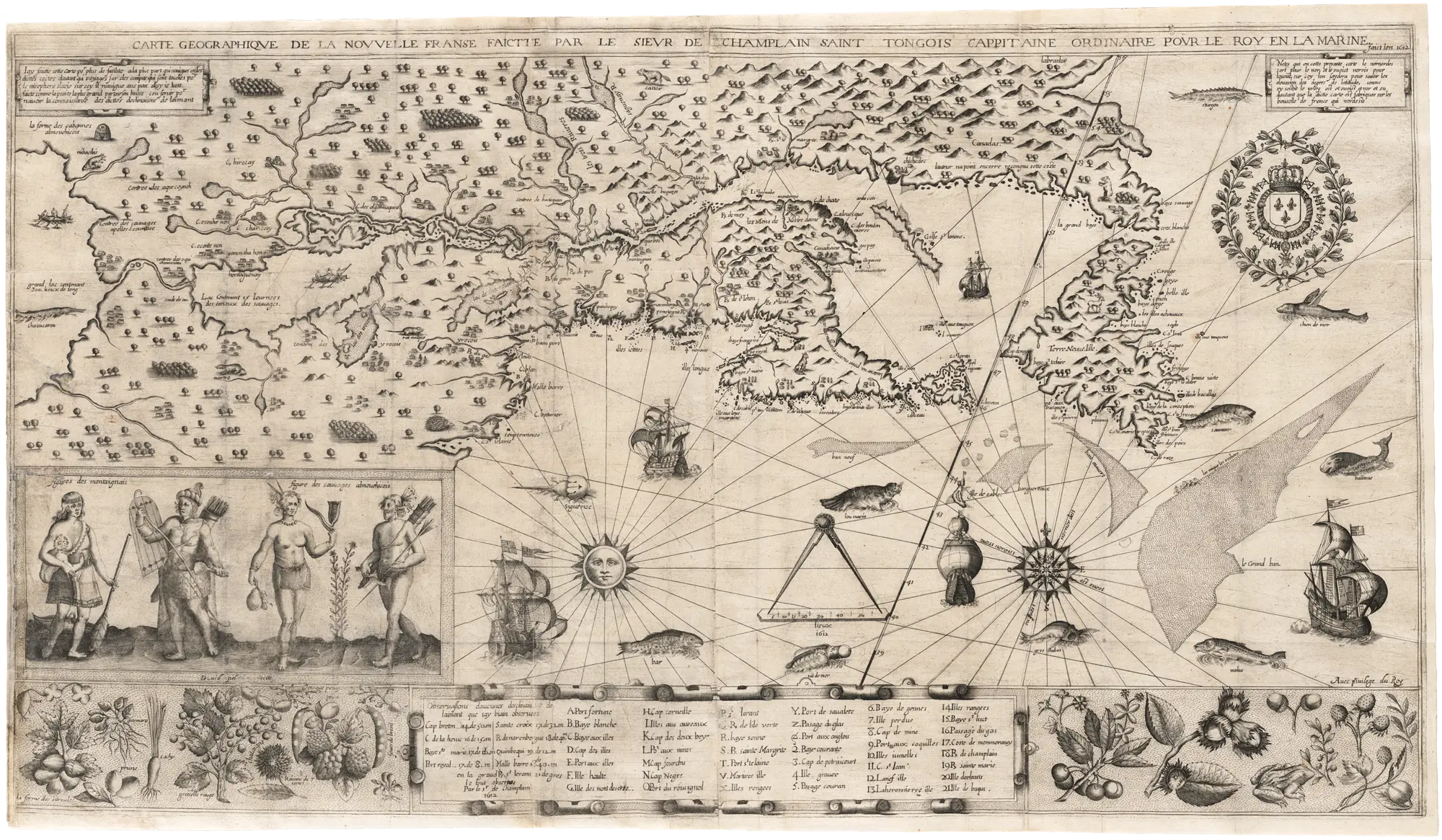
Samuel de Champlain, David Pelletier (engraver), Carte géographique de la Nouvelle France faite par le sieur de Champlain Saint Tongois capitaine ordinaire pour le roy en la marine (Geographical Map of New France Made by Mr. de Champlain of Saintonge, Ordinary Captain for the King’s Navy), 1612
Engraving on paper, 50.2 x 81.5 cm
From Les voyages du sieur de Champlain Xaintongeois, capitaine ordinaire pour le Roy, en la marine, by Samuel de Champlain (Paris: Jean Berjon, 1613)
Norman B. Leventhal Map & Education Center, Boston Public Library
Carte géographique de la Nouvelle France (Geographical Map of New France), engraved by David Pelletier, is the most famous work drawn by Samuel de Champlain and exemplifies the rich iconography created by the French explorer. In addition to being a navigator, a geographer for the king of France, and of course, the founder of Quebec City in 1608, Champlain was also a draftsman and painter, as well as a field cartographer who relied on the support of Indigenous allies to map his progress through the territory. The twenty-three maps he made are considered the first modern maps of northeastern North America.
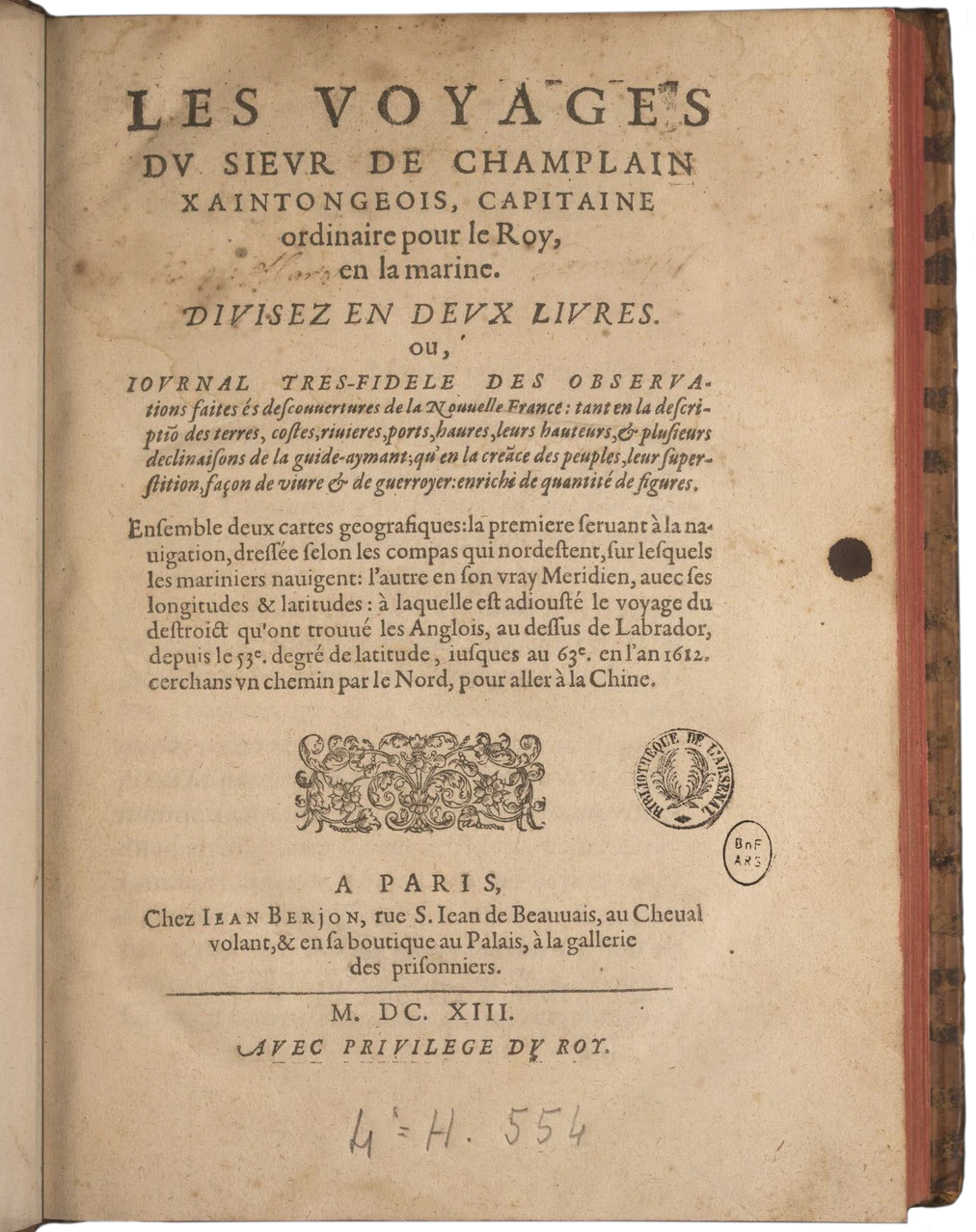
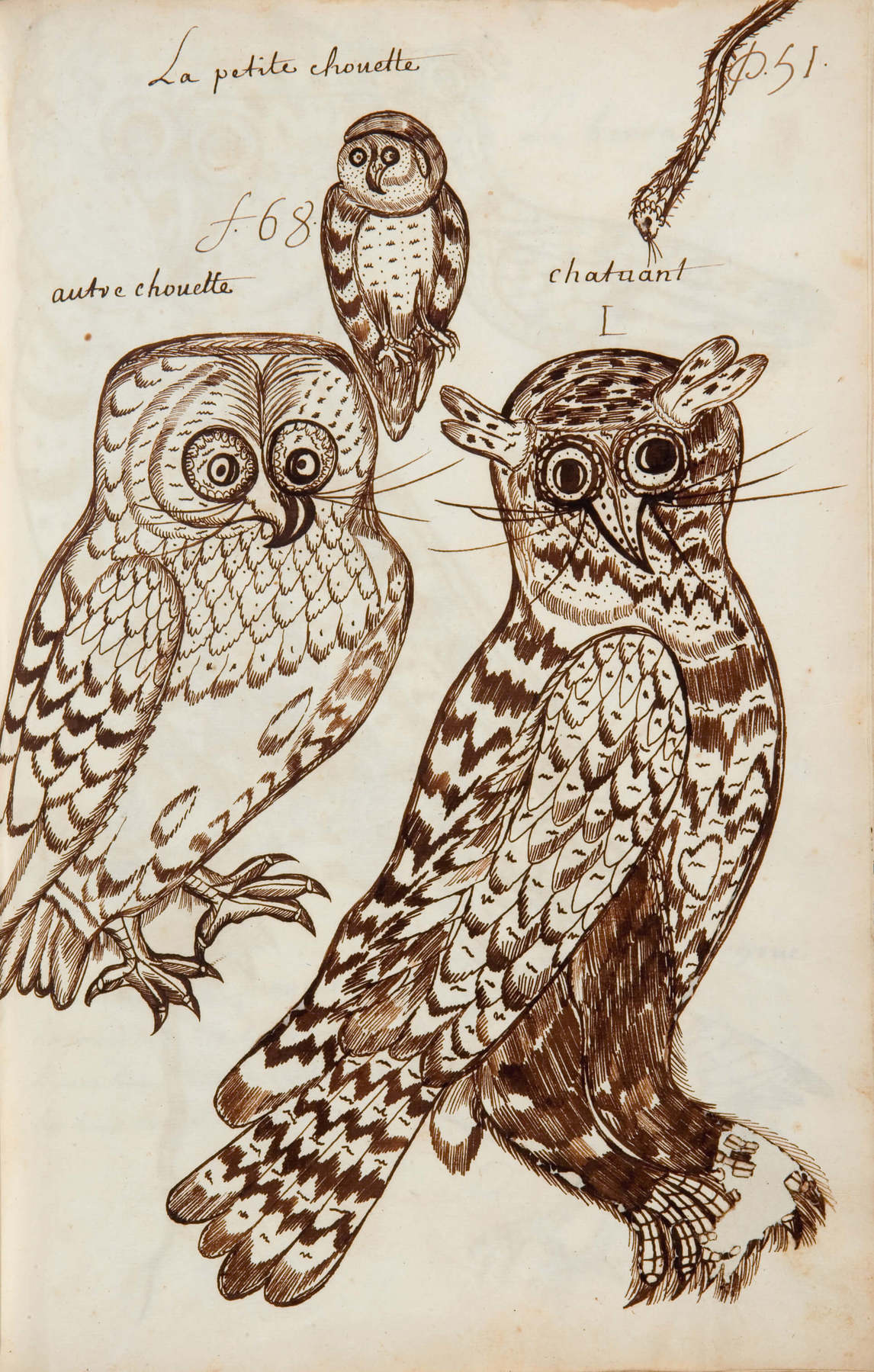
Rendered in a simple and elegant style, these drawings were primarily intended to provide guidance to sailors attempting to navigate along the shores of New France. But they are also valuable for their iconography. A year after he produced Carte géographique de la Nouvelle France, Jean Berjon published, in Paris, an engraved edition of the map in Les voyages du sieur de Champlain Xaintongeois, capitaine ordinaire pour le Roy, en la marine (The travels of Sieur de Champlain Xaintongeois, ordinary captain for the King, in the Navy) (1613), in which the explorer recounts his travels from 1604 to 1612.
There is an old expression that to own the map is to own the land: geographical maps were both works of art in service of power and formidable imperialist and intellectual weapons. For Champlain, drawing was a valuable tool for documenting the territories he explored. In the 1612 map, he depicted landforms, trees, waterways, islands, and settlements along the coastline. His composition included twenty-six plant species and many terrestrial and marine mammals. The descriptive nature of these motifs, reminiscent of the illustrations soon to be created by the Jesuit missionary Louis Nicolas (1634–post-1700), elevated them beyond mere decoration. But several engravers, including Pelletier, worked on the maps drawn by Champlain, and they likely added details whose attribution is now challenging to establish.
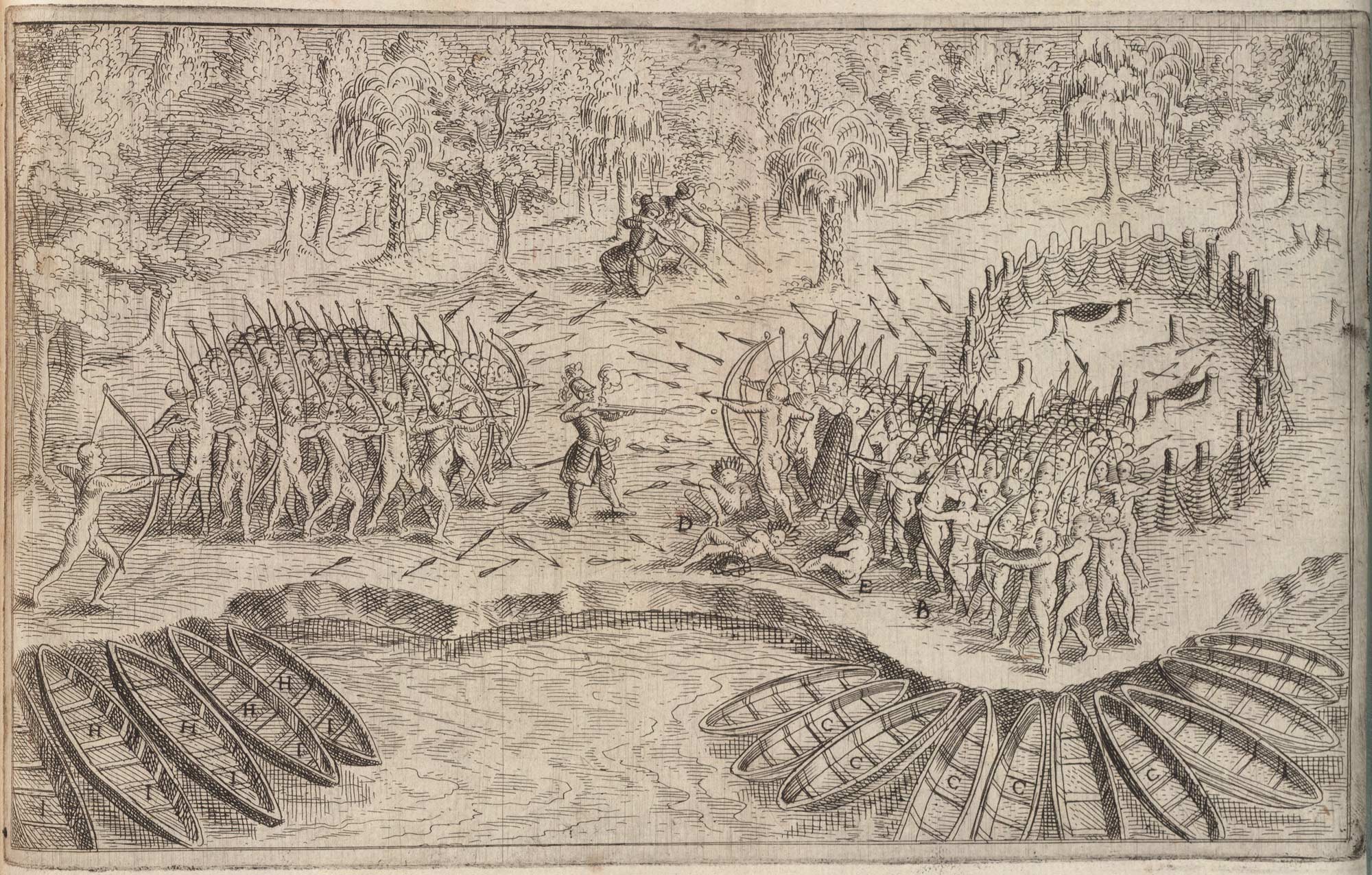
Carte geographique de la Nouvelle France also reflects the reductive and stereotypical European view of Indigenous Peoples, portraying them not in their specific diversity but through a dualistic lens based on their lifestyle. The “figures des montaignais” (Montagnais) represent nomadic peoples and are shown carrying paddles and canoes, and the “figures des sauvages almouchicois” (Abenaki) represent settled groups focused on agriculture and hunting, and are depicted with maize and squash, along with arrows, bows, and quivers.
Some “ethnographic errors” appear in these representations. For example, in the drawing titled Défaite des Iroquois au Lac de Champlain (Defeat of the Iroquois at Lake Champlain), n.d., Champlain portrays himself wielding an arquebus at the centre of a dynamic composition intriguingly punctuated with palm trees.
François-Marc Gagnon, a specialist in the art of New France, demonstrated that Champlain’s original drawings were often reworked for publication and embellished with additional motifs to make them more visually appealing. With the exception of a single original manuscript map from 1606–7, preserved at the Library of Congress in Washington, all of the explorer’s graphic works are copies. Rather than being an accurate account of what Champlain saw and recorded, these maps reflect the values of later artists and are aligned with the spirit of their time—a seventeenth century shaped by territorial conquests, Christian hegemony, and emerging capitalism.

 About the Author
About the Author
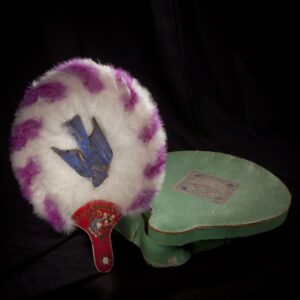 More Online Art Books
More Online Art Books
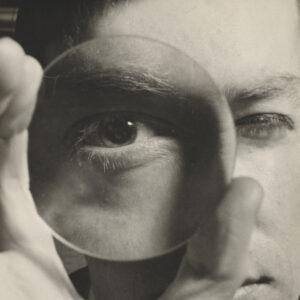 Acknowledgements
Acknowledgements